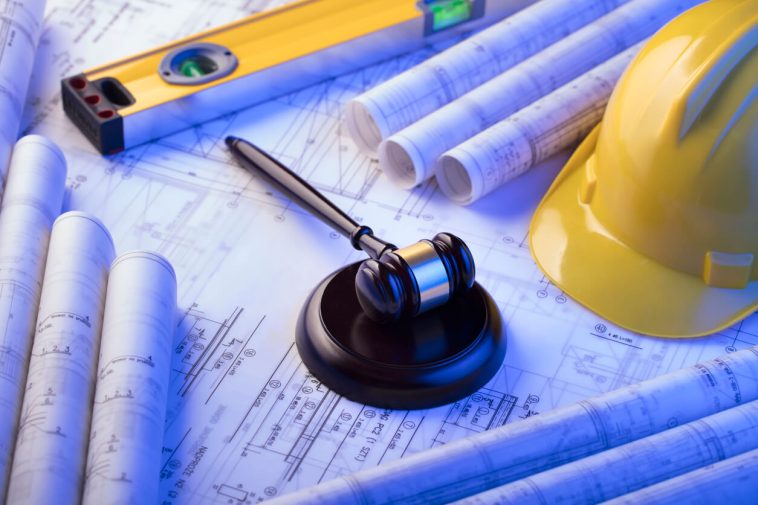When considering property, planning, and construction, one often visualises the grand structures that shape cities and homes. However, behind these impressive creations lies a web of legal considerations governing every aspect of the process.
Property Ownership and Transfers:
Property ownership and its transfer are fundamental legal aspects. When someone buys or sells a property, they engage in a legal transaction governed by various laws and regulations. It includes contracts, property titles, and the essential concept of “conveyancing.” It means the legal process of transferring property ownership from one party to another. It involves drafting contracts, conducting property searches, and ensuring a smooth ownership transition. You can visit the website at www.lionheartlawyers.com.au or any other reputable firm for further information or help with property transactions.
Zoning Laws and Land Use Planning:
Zoning laws and land use planning play a crucial role in property development. These laws dictate how land can be used for residential, commercial, industrial, or other purposes. Local governments often determine zoning regulations to ensure orderly urban development and protect community interests. Developers must navigate these zoning laws to ensure their construction projects align with the designated land use.
Building Codes and Regulations:
Safety is paramount in the construction industry, and building codes and regulations are critical. These codes outline the standards and requirements builders must adhere to when constructing a building. They cover various aspects, including structural integrity, fire safety, accessibility, and environmental considerations. Compliance with these regulations is mandatory to make sure the safety of occupants and the broader community.
Environmental Considerations:
Australia strongly emphasises environmental protection, which extends to property, planning, and construction. Developers are required to conduct environmental impact assessments to evaluate the potential effects of their projects on the environment. It may involve assessing factors such as air quality, water usage, and ecological impacts. Failing to address these concerns may lead to legal challenges and project delays.
Contracts and Dispute Resolution:
Contracts are the glue that holds everything together in property, planning, and construction. They outline the terms and conditions of a project, including timelines, payment schedules, and responsibilities of all parties involved. Disputes can arise if parties fail to meet their contractual obligations, leading to delays and financial losses. Legal mechanisms, such as mediation, arbitration, or litigation, can resolve these disputes and ensure justice.
Intellectual Property in Design:
Design is a critical aspect of construction, and architects and designers invest significant time and effort in creating unique and innovative plans. Intellectual property laws protect these designs from unauthorised use or reproduction. It includes copyright protection for architectural drawings and designs. Architects and designers often retain rights to their work, and any use without permission can lead to legal consequences.
Property Taxes and Valuation:
Property ownership also entails responsibilities related to taxation. Local governments levy property taxes to fund public services and infrastructure. Understanding how property valuation works is crucial for property owners, as it directly impacts the property tax they must pay. Valuation methods may include market value assessments or capital-improved value assessments. Property owners must comply with tax laws and pay their property taxes promptly to avoid legal consequences.
Land Use Planning and Community Engagement:
In land use planning, community engagement is a critical legal consideration. Local governments often encourage community involvement in the planning process to ensure that the interests and concerns of residents are taken into account. Developers and planners must follow legal procedures for public consultations and notifications. Failure to engage the community appropriately can lead to legal challenges and delays in project approval. It highlights the importance of fostering positive relationships between developers, planners, and the communities they serve.
Conclusion:
Property, planning, and construction are intricately entwined with the legal framework in Australia. The legal landscape surrounding these industries is vast and complex, from property ownership and zoning laws to building codes, environmental considerations, contracts, and intellectual property. Understanding and complying with these legal considerations is necessary to ensure your built environment’s safety, integrity, and sustainability. Whether aspiring to become a developer, architect, lawyer, or simply a homeowner, a fundamental grasp of these legal aspects is essential to successfully navigate the world of property, planning, and construction. So, next time one admires a towering skyscraper or a beautifully designed home, remember that it’s not just the bricks and mortar that make it a reality—it’s also the legal foundations on which it stands.




